Kyu Iwasaki-Tei Garden is unique among nine Japanese gardens owned and managed by the Tokyo Metropolitan Office. It features Western tastes in the traditional garden, which used to be a Daimyo Garden (samurai lord’s garden). It has a Western-style mansion with a traditional Japanese house. You might be puzzled when the elegant Western wooden mansion welcomes you at the entrance. But you soon realize it is Japanese style because you are asked to remove your shoes at the entrance hall, put them in a red bag, and carry them through the tour inside the mansion. No shoes are allowed inside any house in Japan, and that’s a typical Japanese lifestyle.
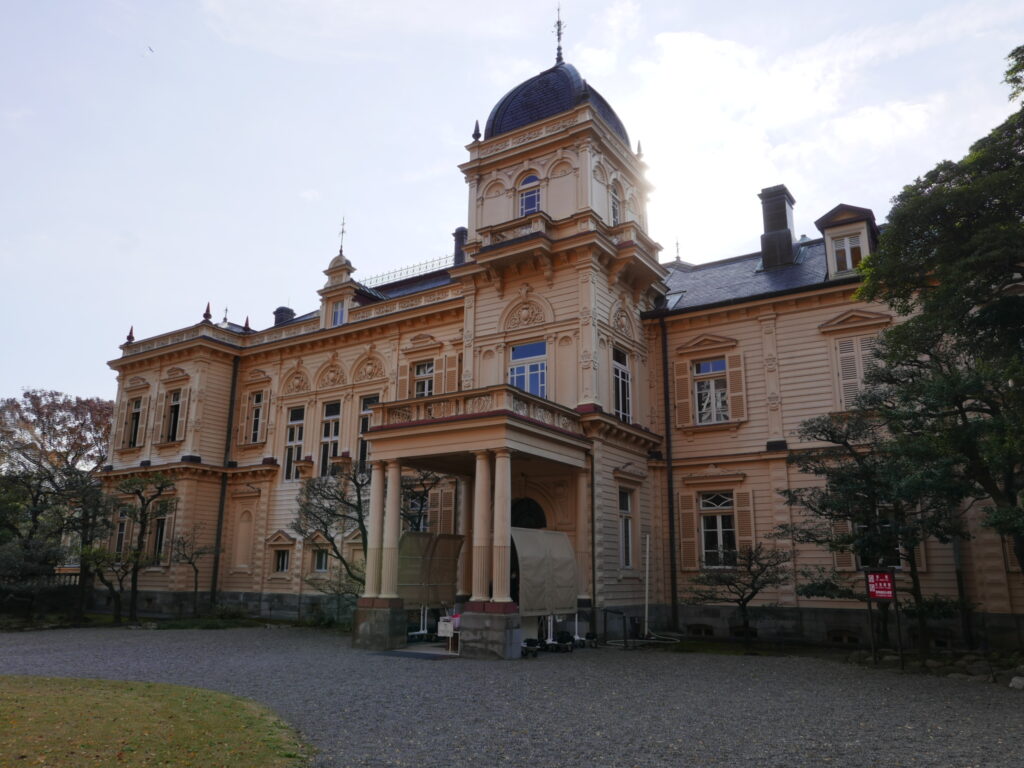
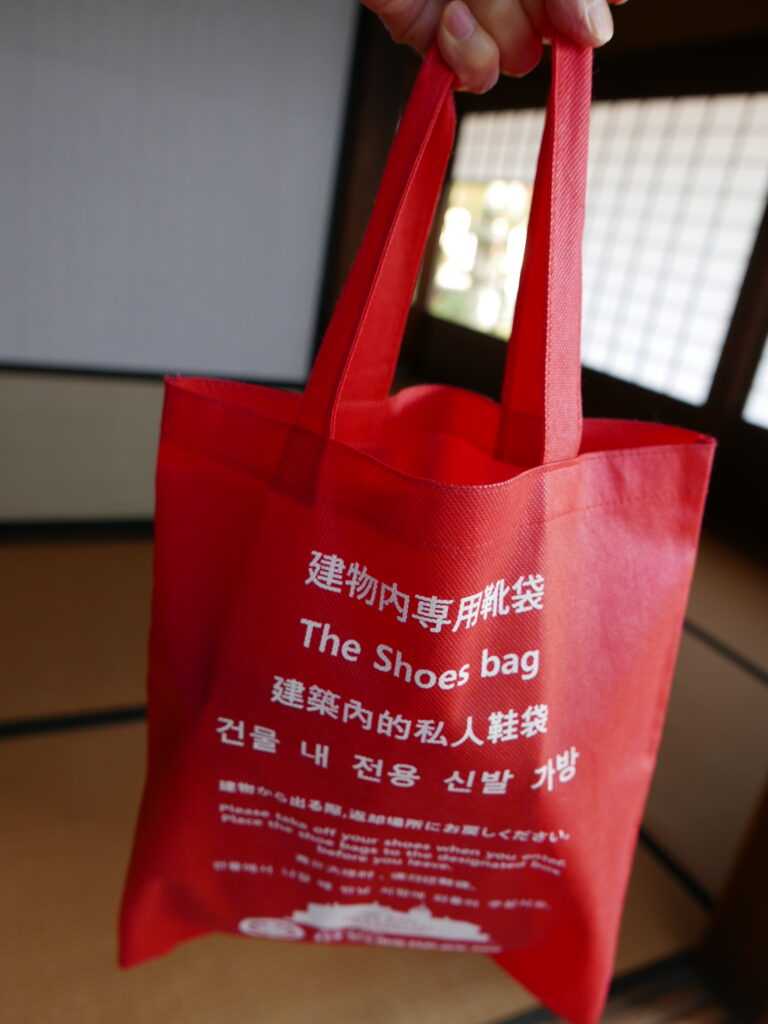
I visited there in late autumn. First, I was astonished by a giant 400-year-old ginkgo tree with yellow autumn leaves in full color. It was so impressive that I was about to forget to breathe for a while. A receptionist at the entrance, handing the shoe bag out, said the autumn leaves had just passed their peak, and maybe the fallen leaves were making a yellow carpet on the ground the following day. That must be amazing, too.
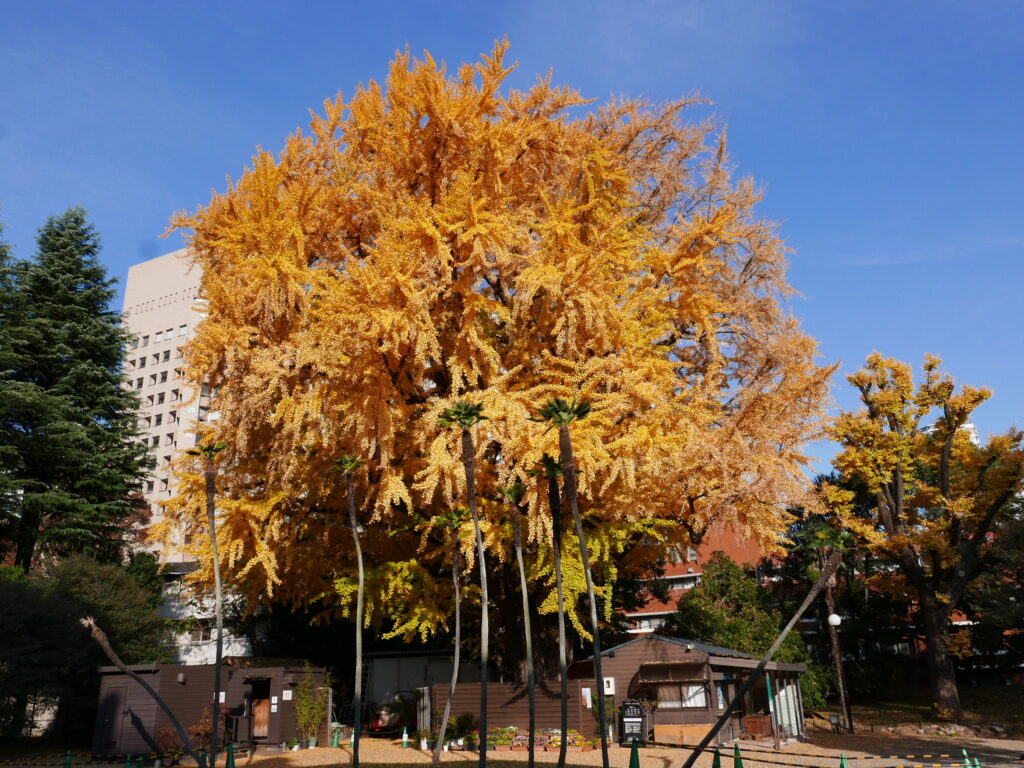
The Western mansion was designed by Josiah Conder (1852 – 1920), an English architect invited by the then-Japanese government and assigned to a professor at the College of Engineering (later Tokyo Univ. Faculty of Engineering). Conder was so absorbed in Japanese culture, traditions, and arts that he became a student of a famous Japanese traditional painter, Gyosai Kawanabe. Conder also married a Japanese woman, a conventional and artistic dance performer, and lived in Japan until he died. So, he was considered very dedicated to Japan’s society’s development and modernization. Indeed, he designed many buildings and houses and taught many Japanese architects, including Kingo Tatsuno, who designed and built the beautiful Tokyo Station.
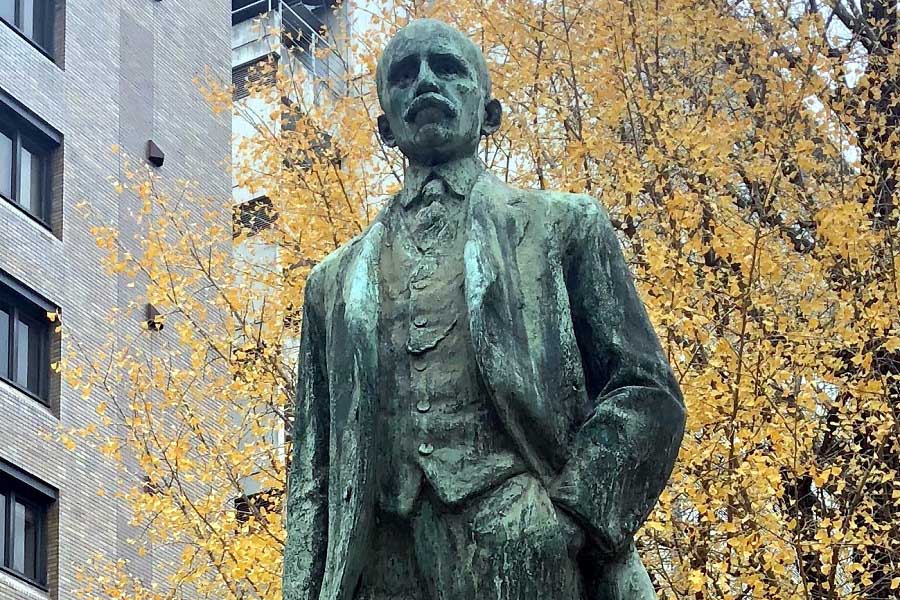
Conder also built the mansion in the Kyu Furukawa Garden. For a photo of it, please refer to my previous post.
Anyway, let’s start the tour of the Kyu Iwasaki-Tei Garden.
The garden consists of four interesting sites: the Western mansion, the Japanese rooms connected to the Western mansion, the billiard house, and the garden. First, guests are invited to enter the Western mansion. It is one of the oldest wooden Western-style houses in Japan, owned by the Iwasaki family, who established one of the biggest business conglomerates in Japan, the Mitsubishi Group, including Mitsubishi Bank, Mitsubishi Electric, Mitsubishi Motors, and more. The third generation of the Iwasakis, Hisaya Iwasaki, built the Western mansion after he returned from his studies at a university in the US. He used it as a guest house and often held parties and events to entertain visitors, and he and his family lived in a Japanese house connected to the Western mansion. The combination of Western and Japanese housing styles is the most significant characteristic of the Kyu Iwasaki-Tei Garden.
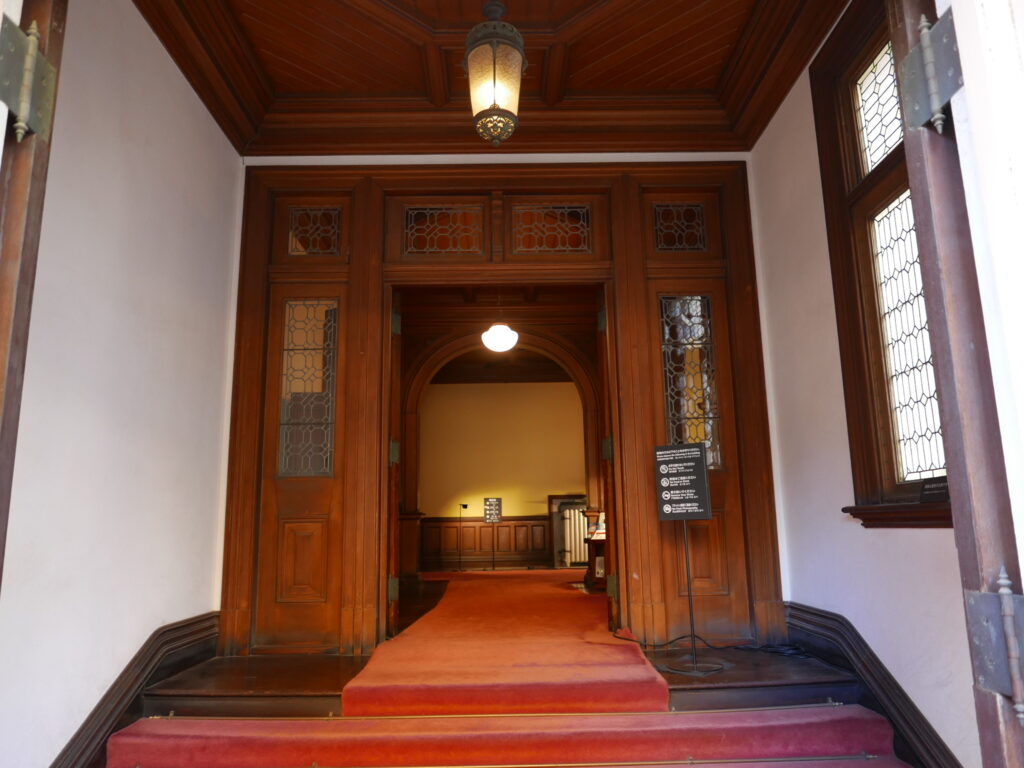
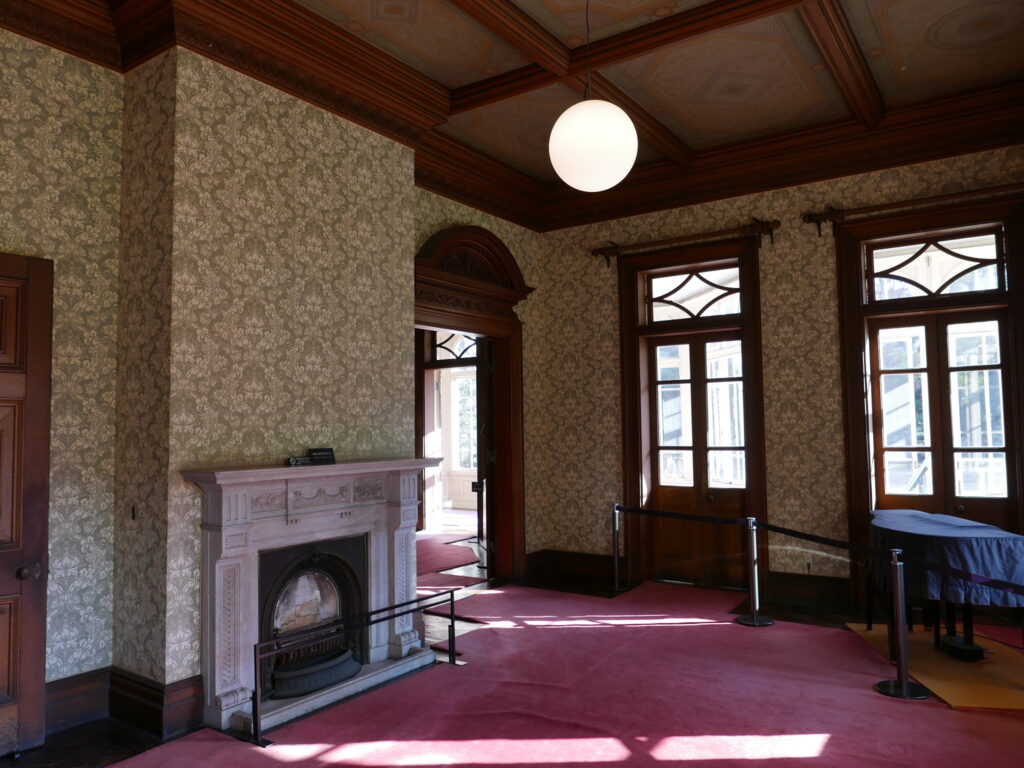
The dining room faces the garden in the south, so sunlight continually pores into it, creating a relaxing and heartwarming atmosphere. Also, the design of the terrace floor is so lovely that I felt something nostalgic about the Old American sense.
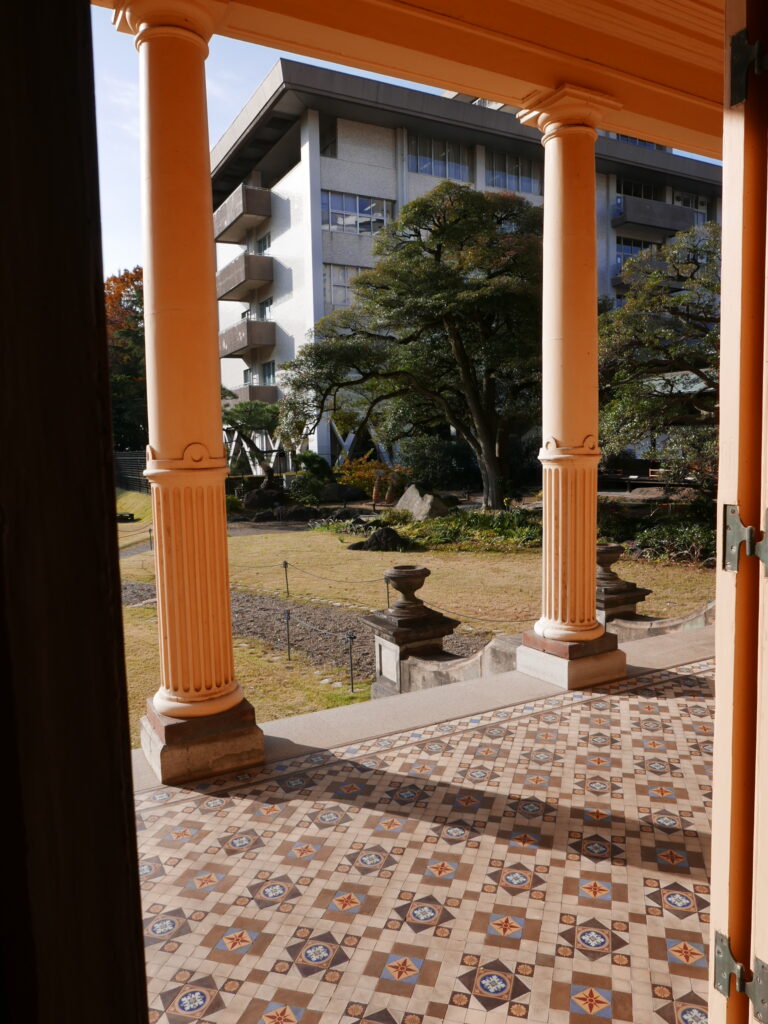
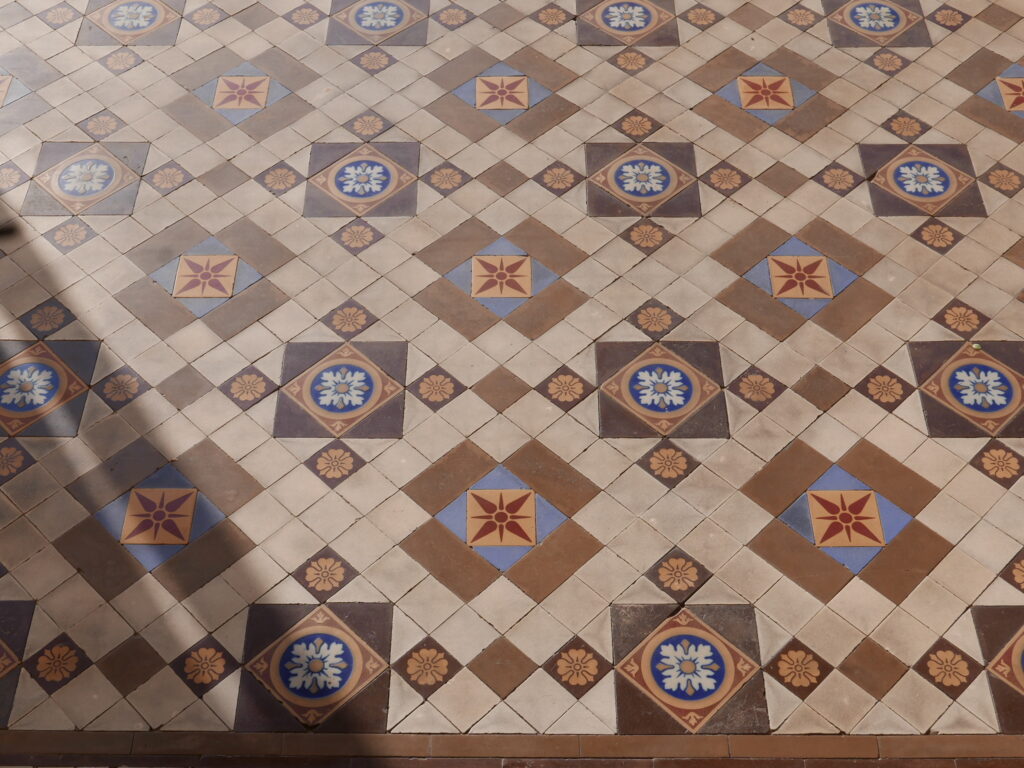
You may imagine the guests and host families enjoying the beautiful autumn leaves and watching their children run around and play on the lawn from the terrace. If I were the owner of the house, I would pull out a wicker couch on the terrace and spend a whole afternoon reading books, sometimes taking a nap.
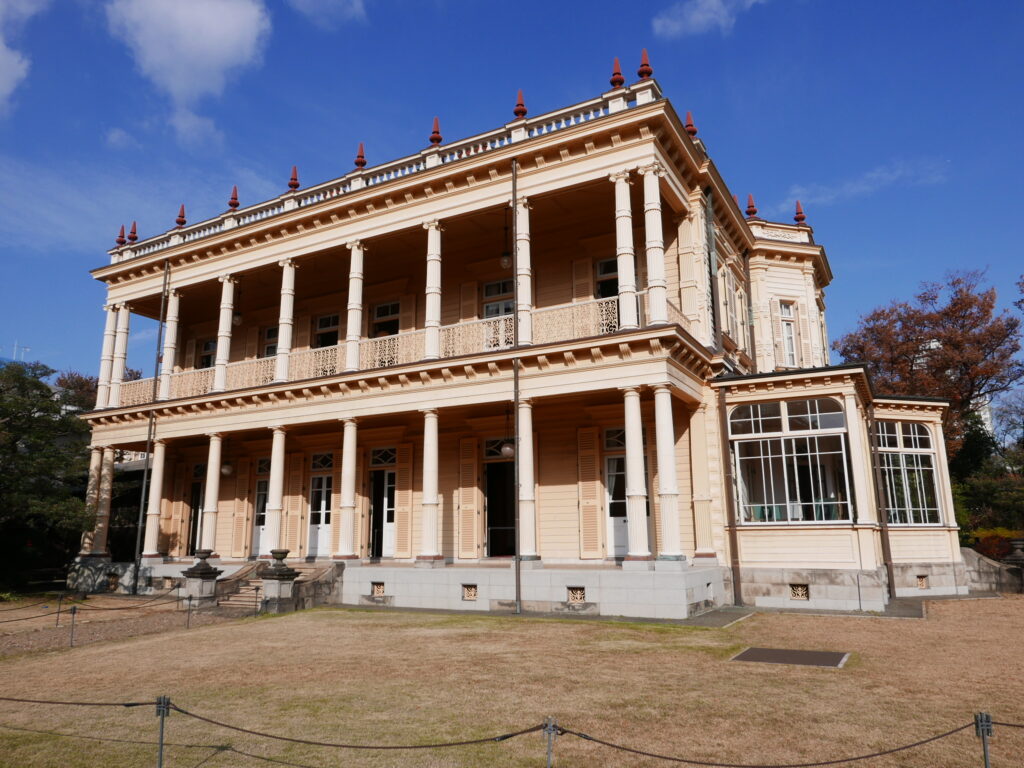
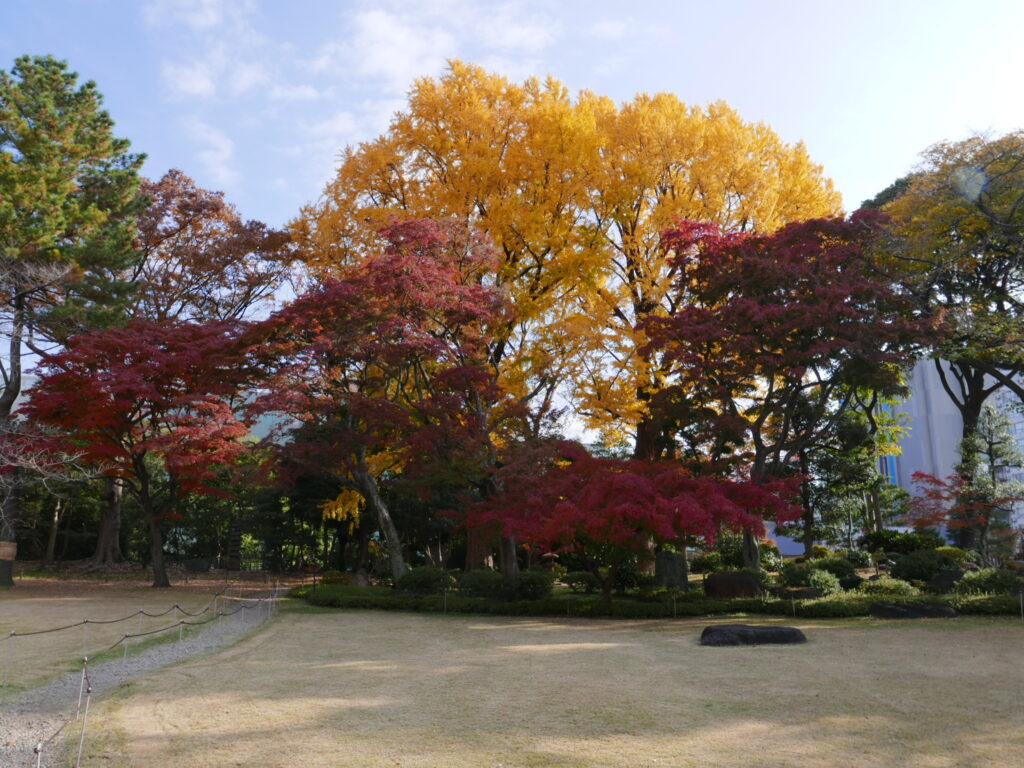
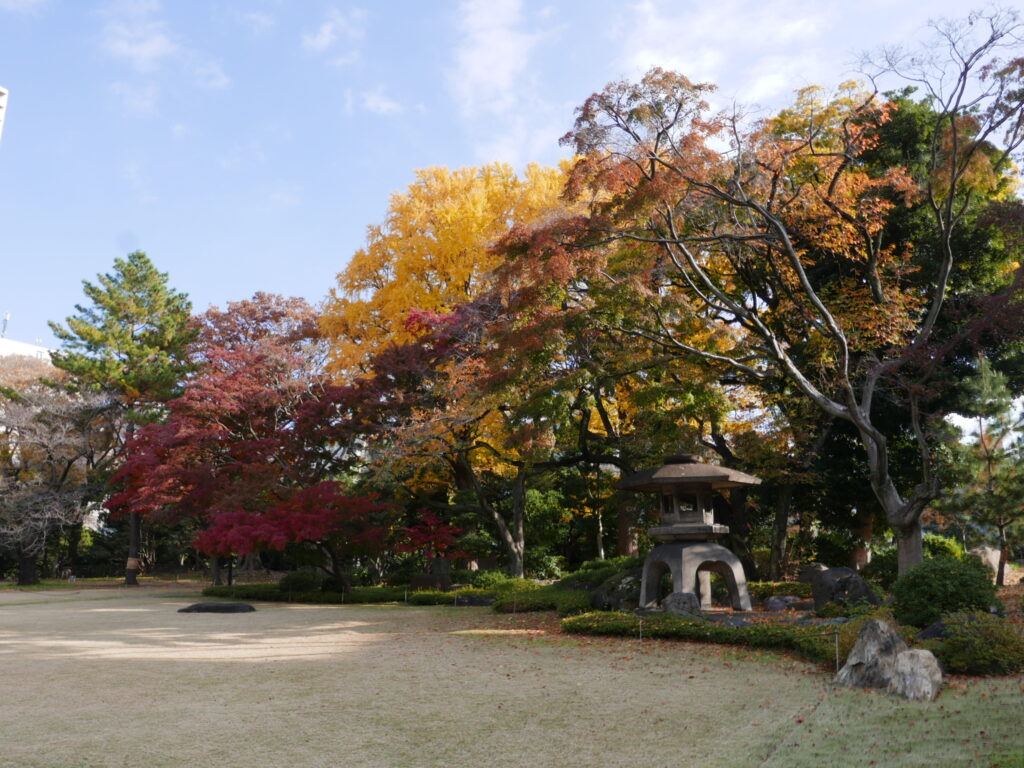
The mansion is regarded as a typical example of the dawn of the Japanese modern architectural arts.
Just after the samurai era in the 1880s, artisans could not make curtains, tablecloths, wall fabrics, upholstered chairs, etc., because those items did not exist in the previous Japanese lifestyle. But the then-emperor ordered his palace interiors to be decorated in the Western style, and he expected those to be of high quality so that he could be proud of them to the world. It triggered the development of artisans’ skills and the flourishing of the arts of the Japanese Western styles. Since we are not allowed to enter the Imperial Palace, Iwasaki’s Western-style mansion shows us a rare work of the artisans’ efforts and aesthetic sense, which have survived the air bombing during World War Two.
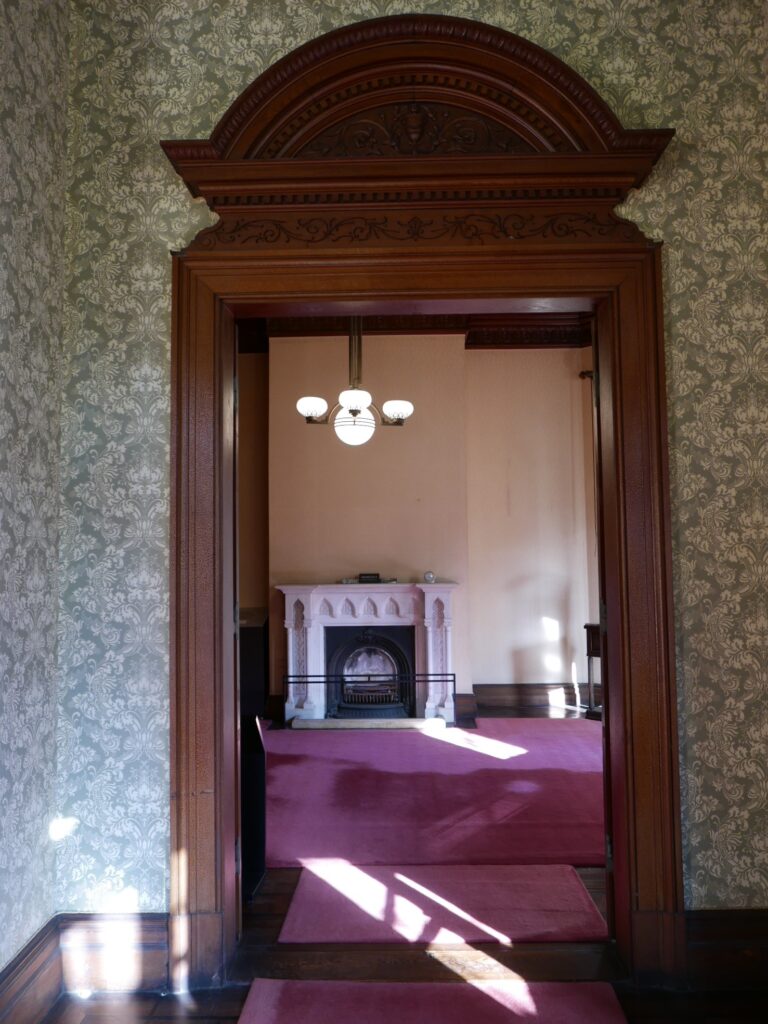
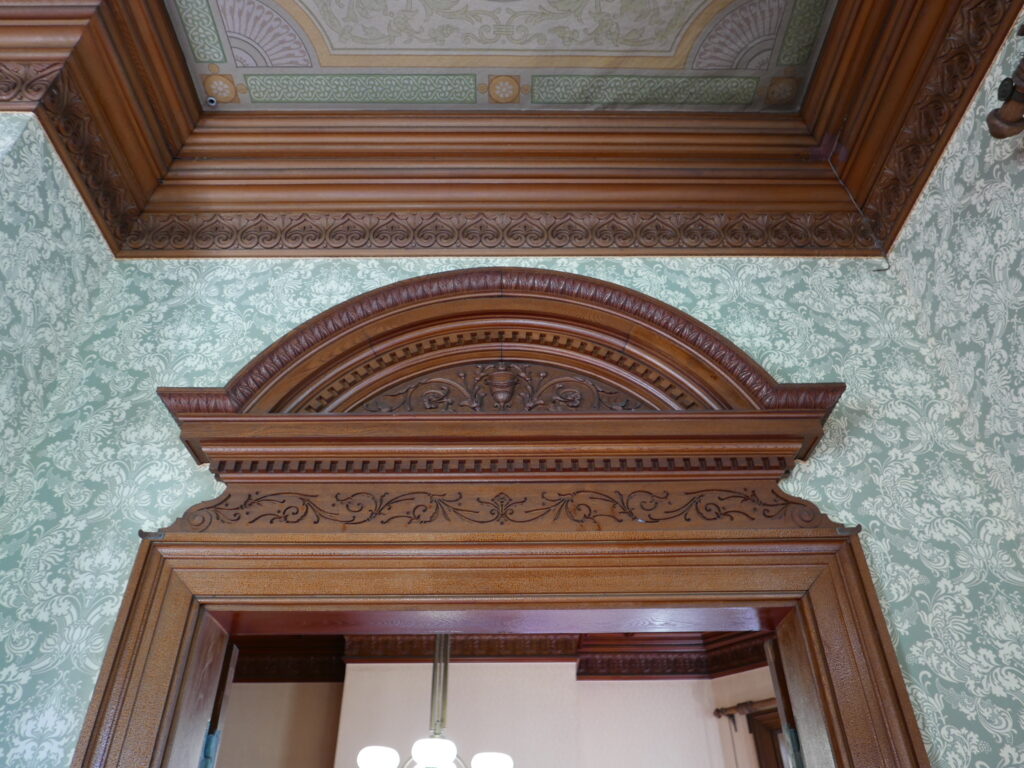
You can see the embroidery with flowers and birds on the ceiling, which has been left as one of the original interior pieces to date. It basically has a motif of little birds, bunches of roses and acanthus, and two big chrysanthemums. However, the 32 panels have their own designs. The photos below were taken during the panel maintenance work. They are the embroidery’s front (left) and back (right) sides, and the back still shows us unfaded and original designs, which shows that the works employed artisans’ skillful needling and succeeded in expressing the three-dimensional sense and precise silhouettes.
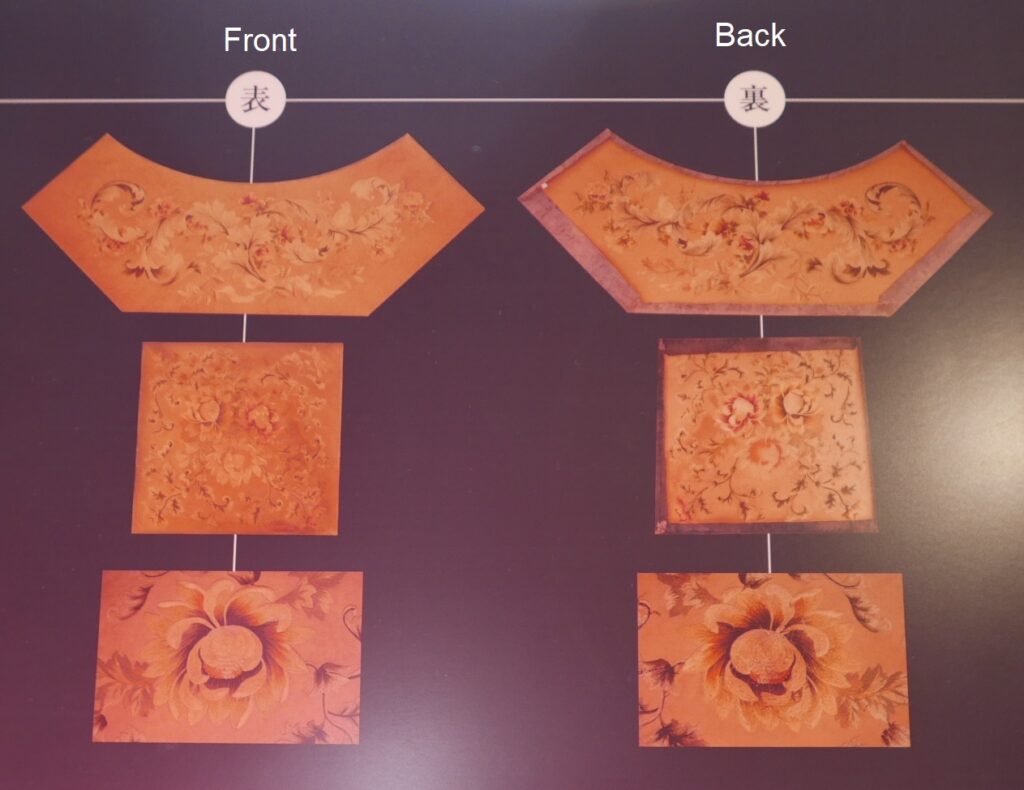
Each room has a different wall design, and heaters have intricate reliefs, which reveals Hisaya Iwasaki’s keen preference for modern and sophisticated design.
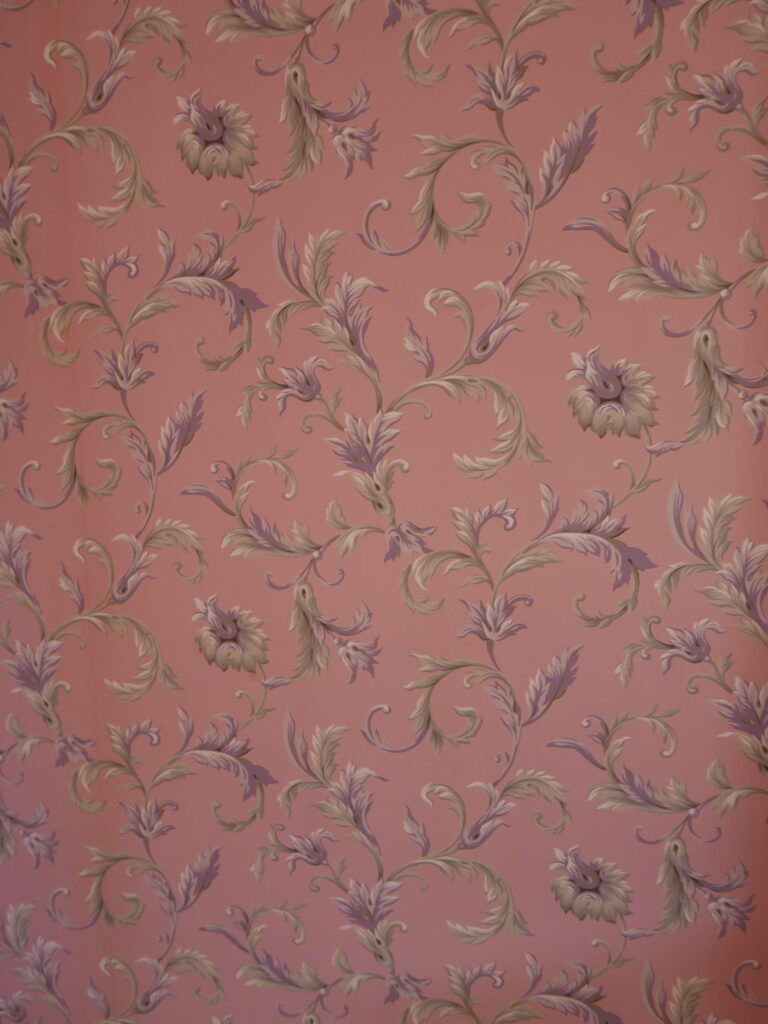
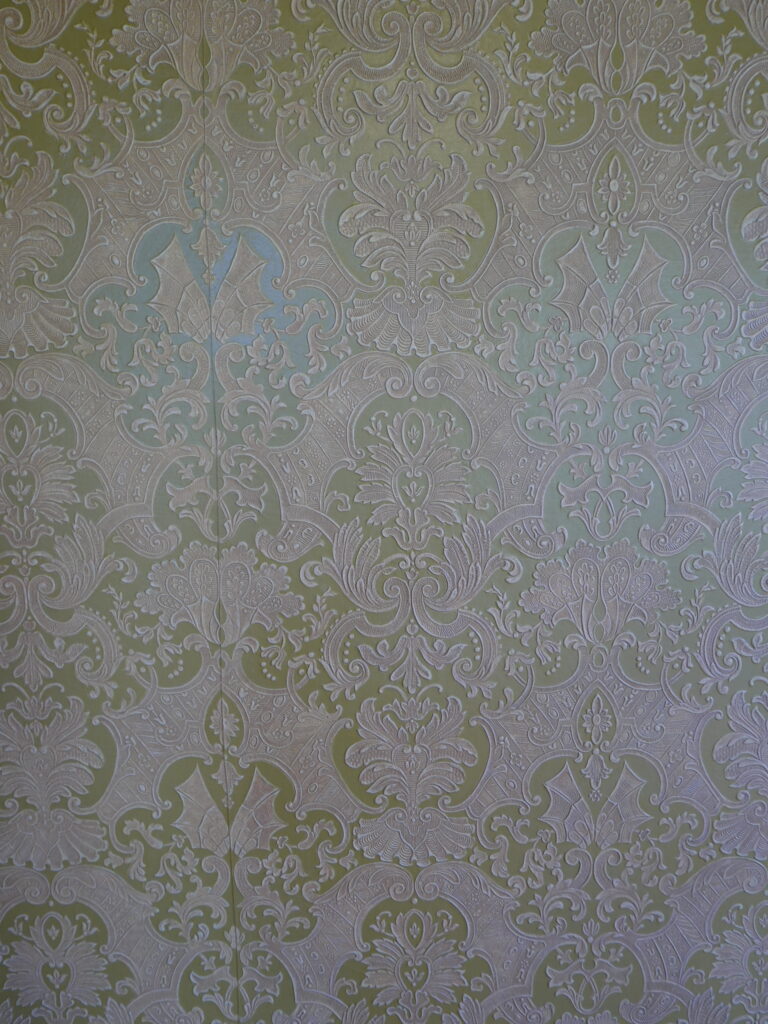
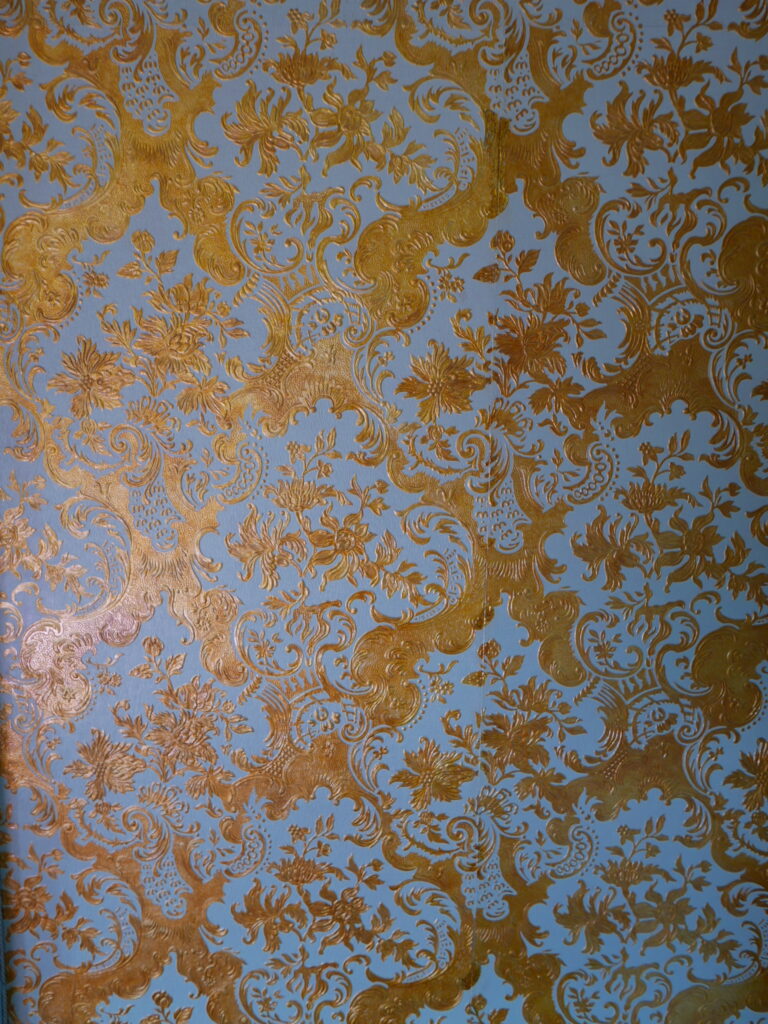
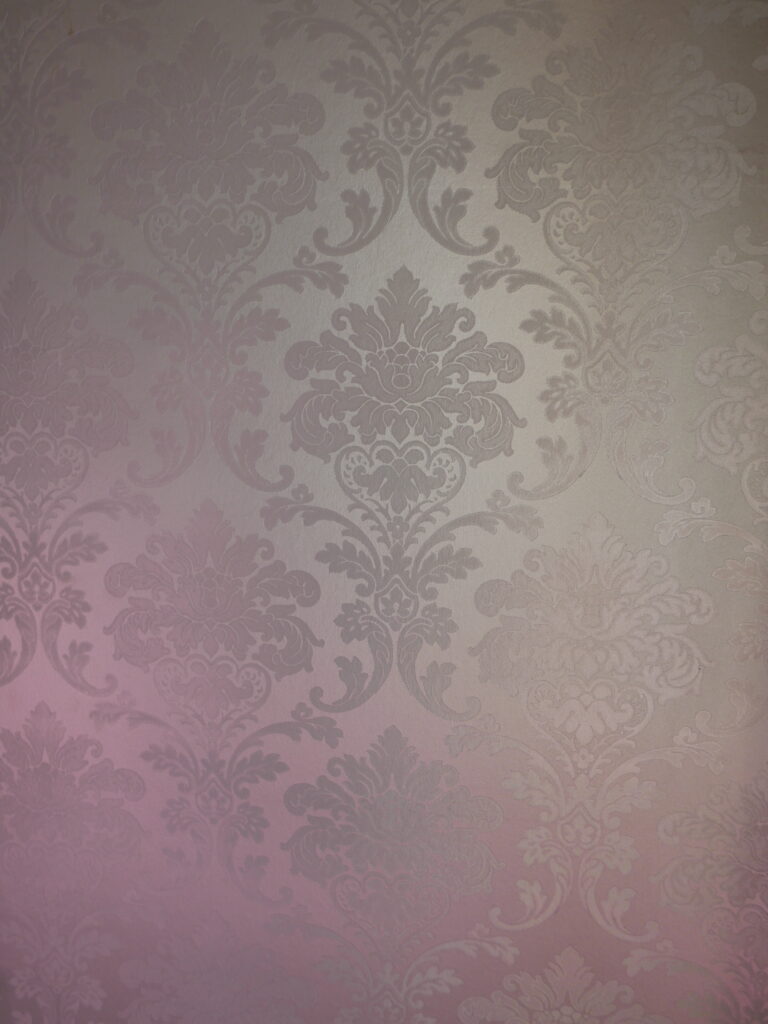
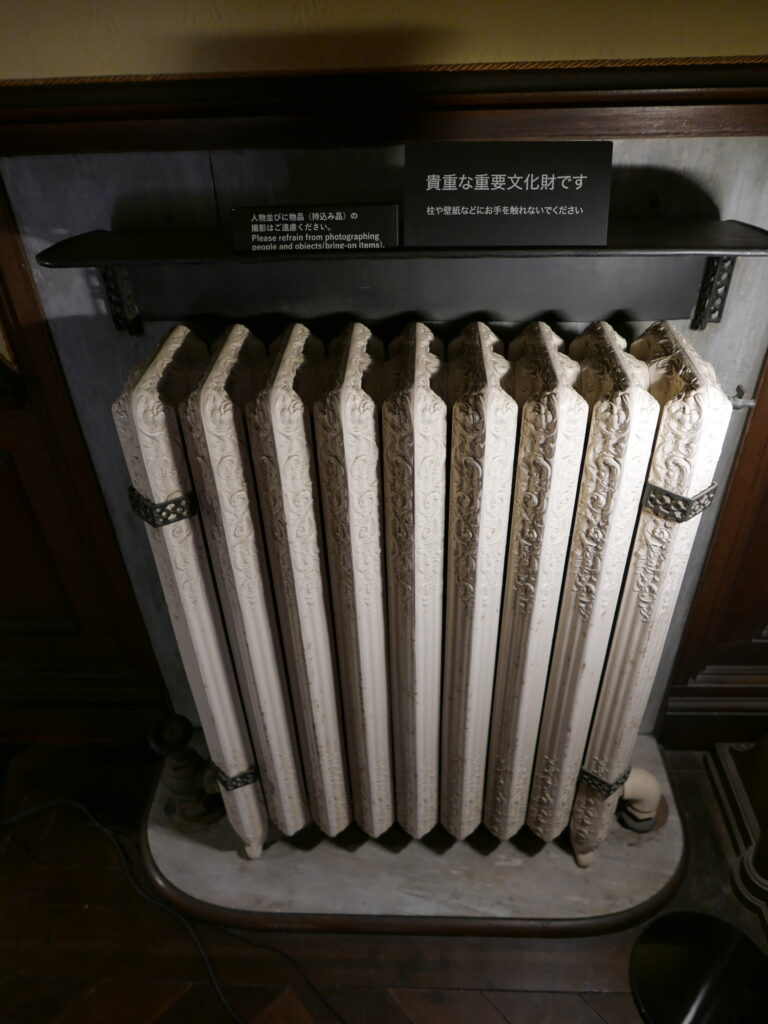
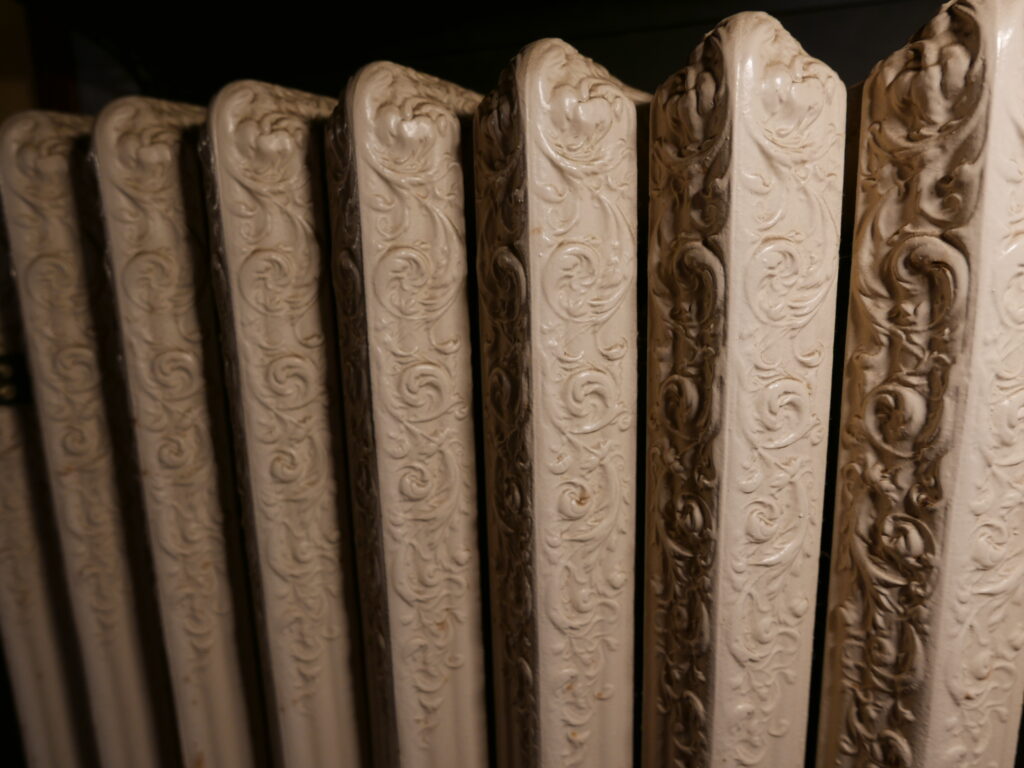
Another fact that proves Hisaya’s eagerness for modernism and Westernization is the toilet, Japan’s first water-flush style. I like it so much because it feels like part of his efforts to be equal to European countries and the US.
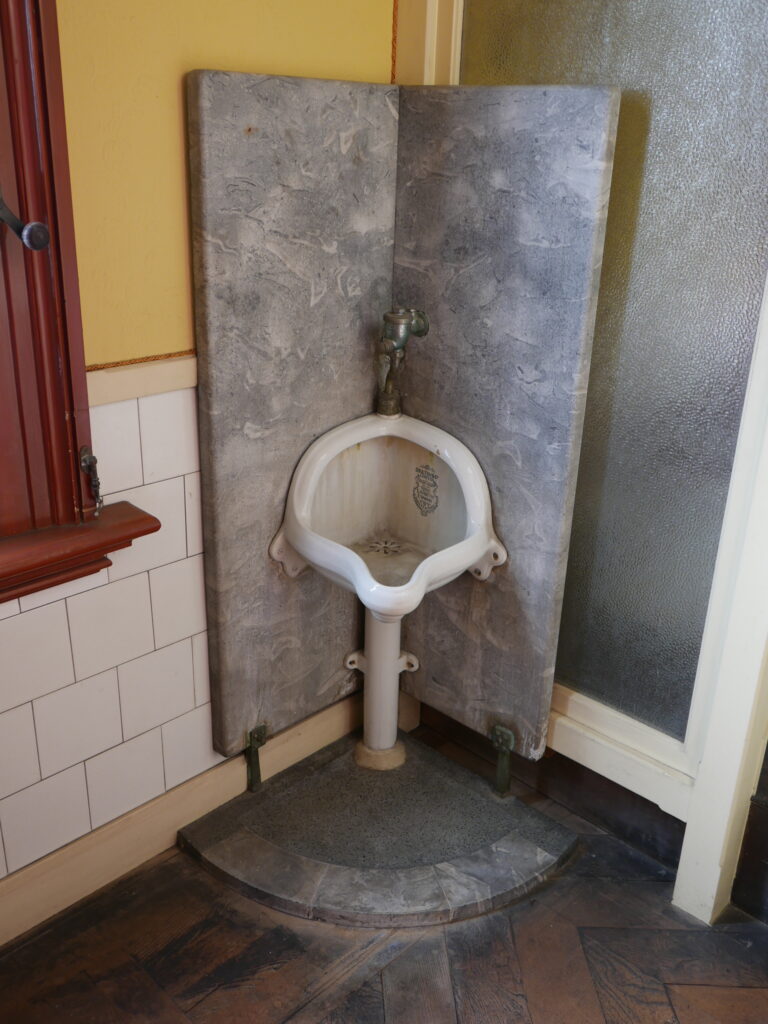
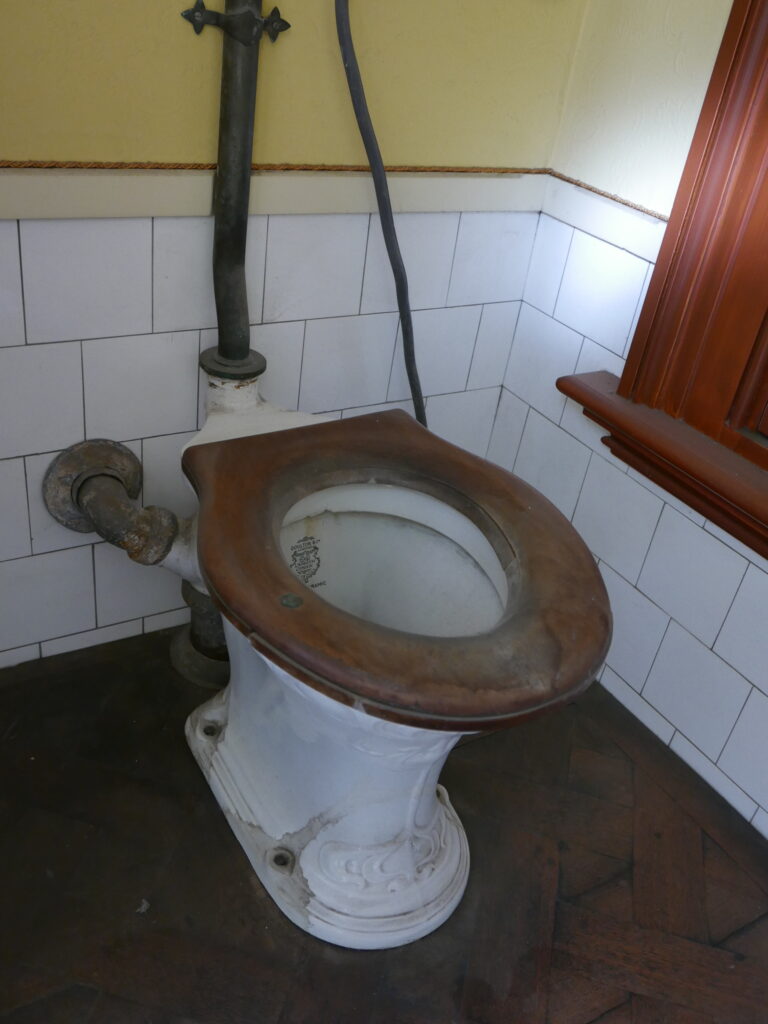
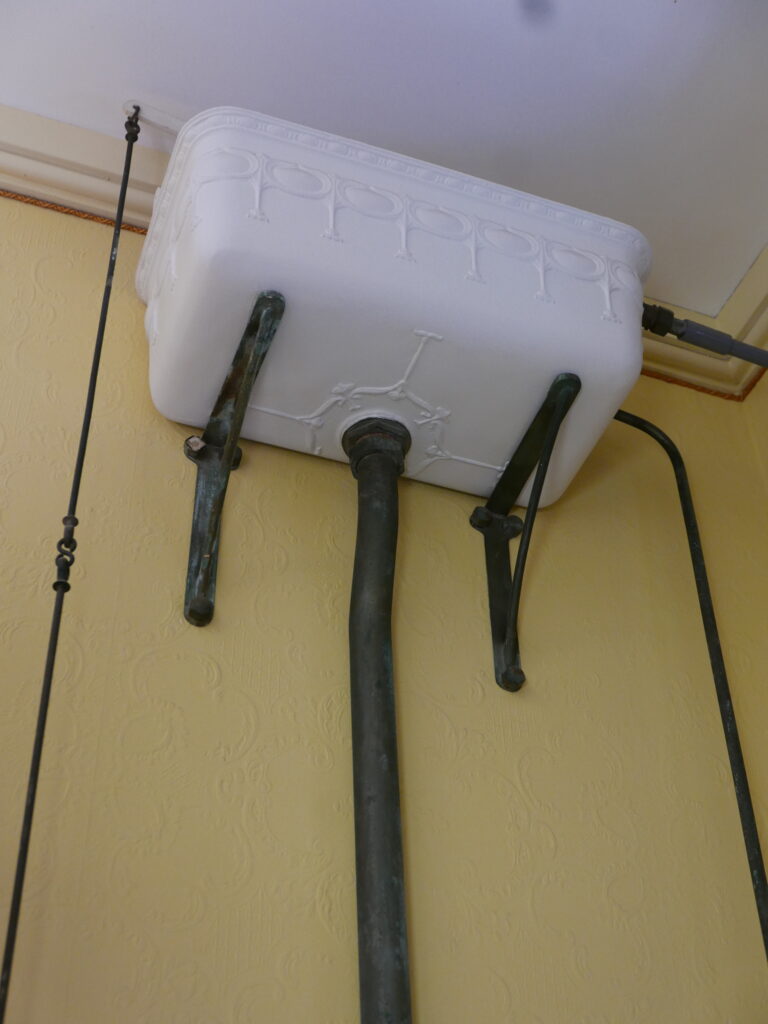
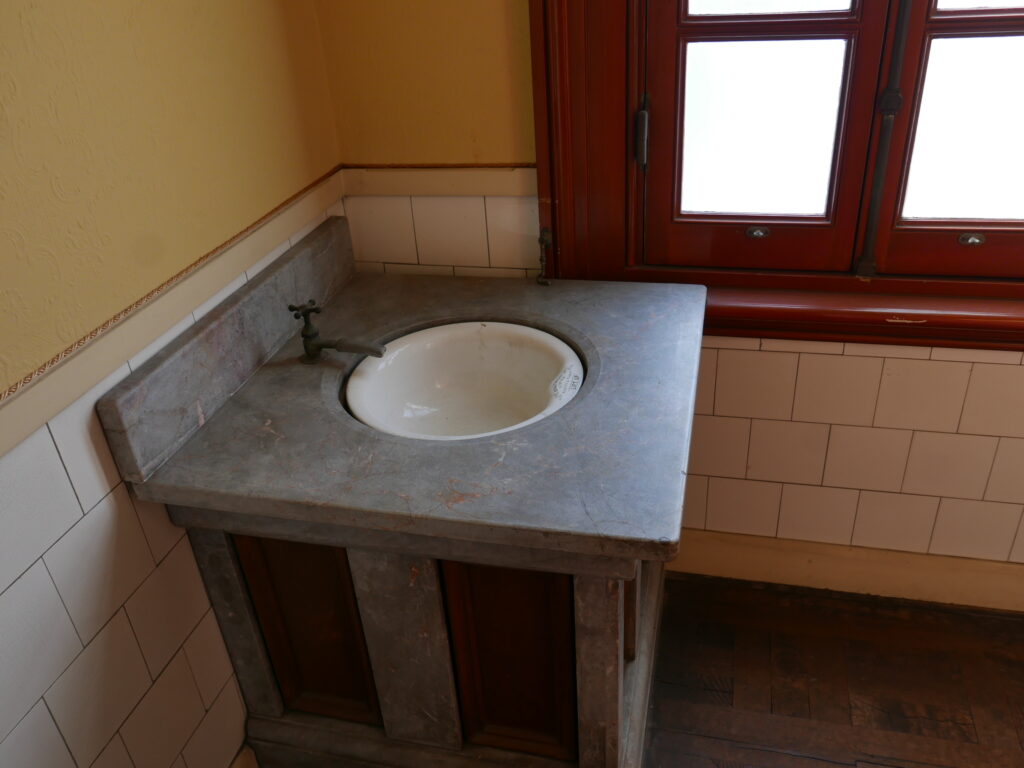
The square stone object in the garden is the air duct from the underpass between the mansion and the billiard house. The underpass is closed to the public, but visitors can walk through it some days in November. According to the explanation board, the wall of the pass has a shiny white tile liner and glass windows for light on the ceiling. It looks lovely and stylish.
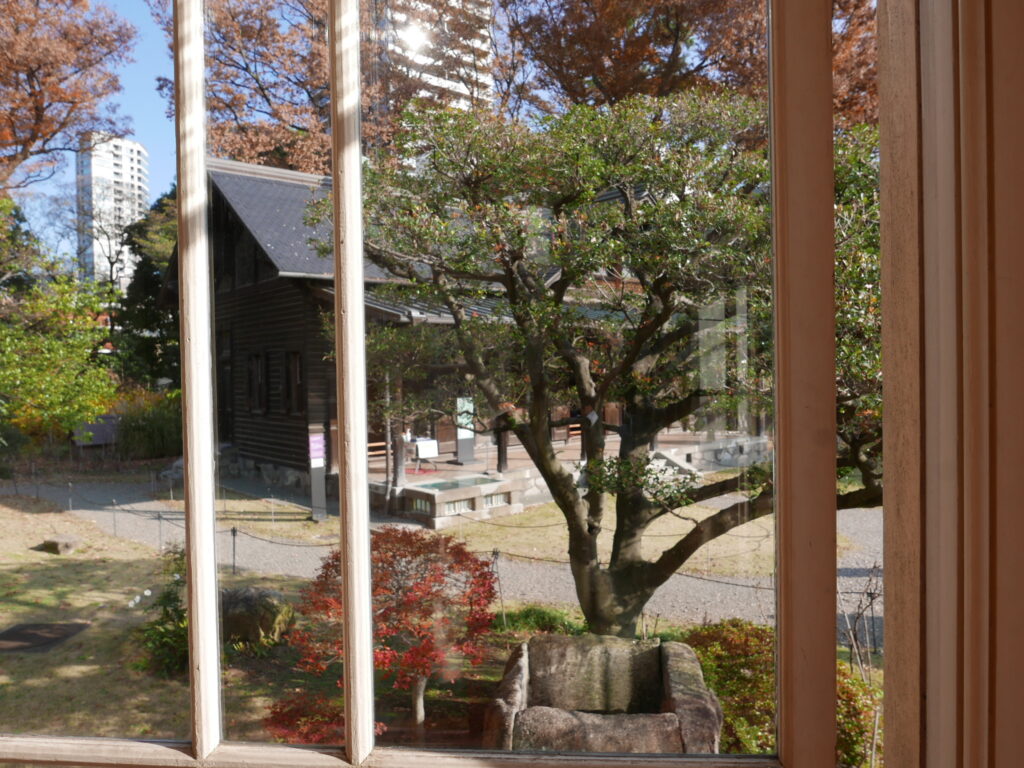
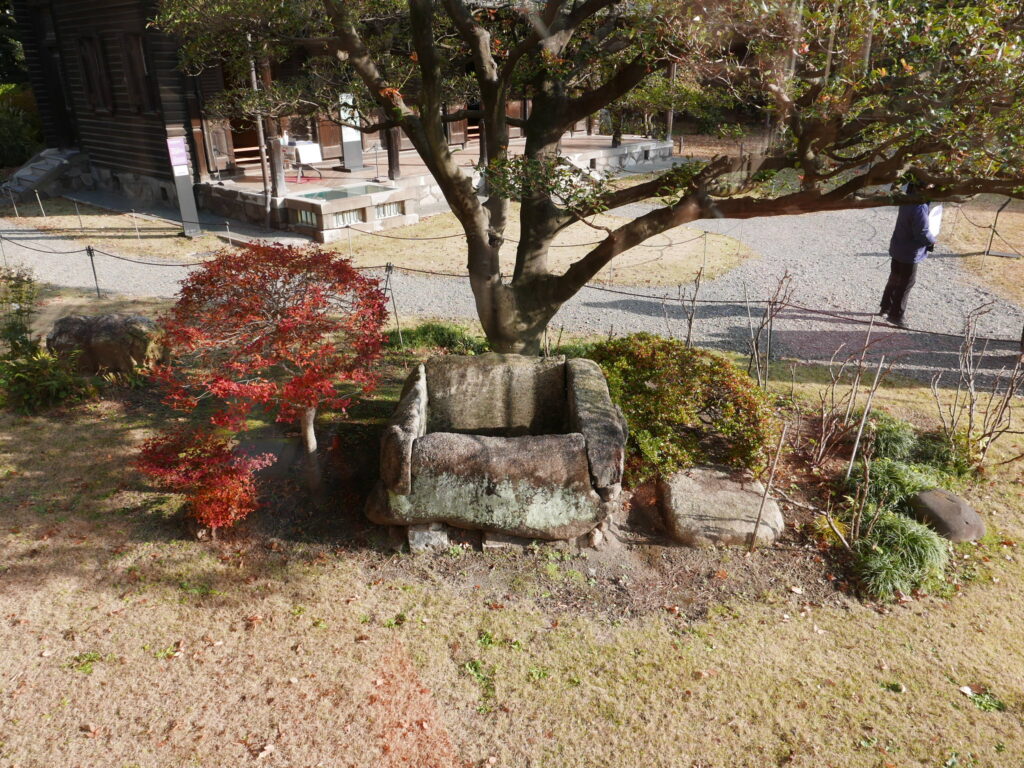
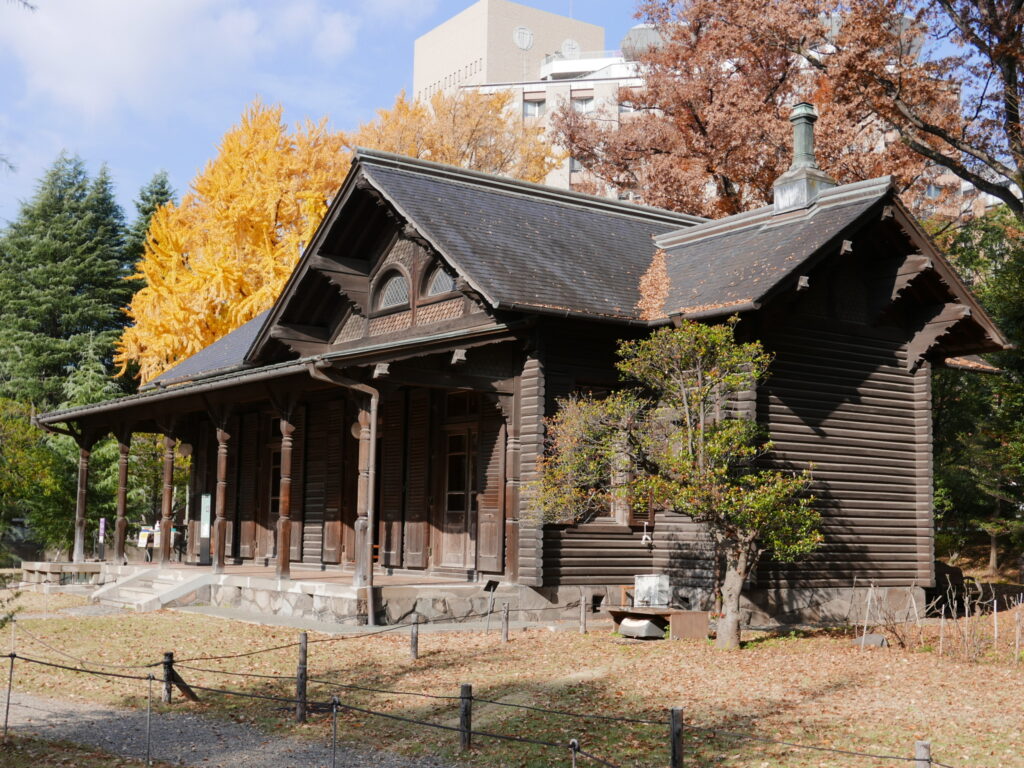
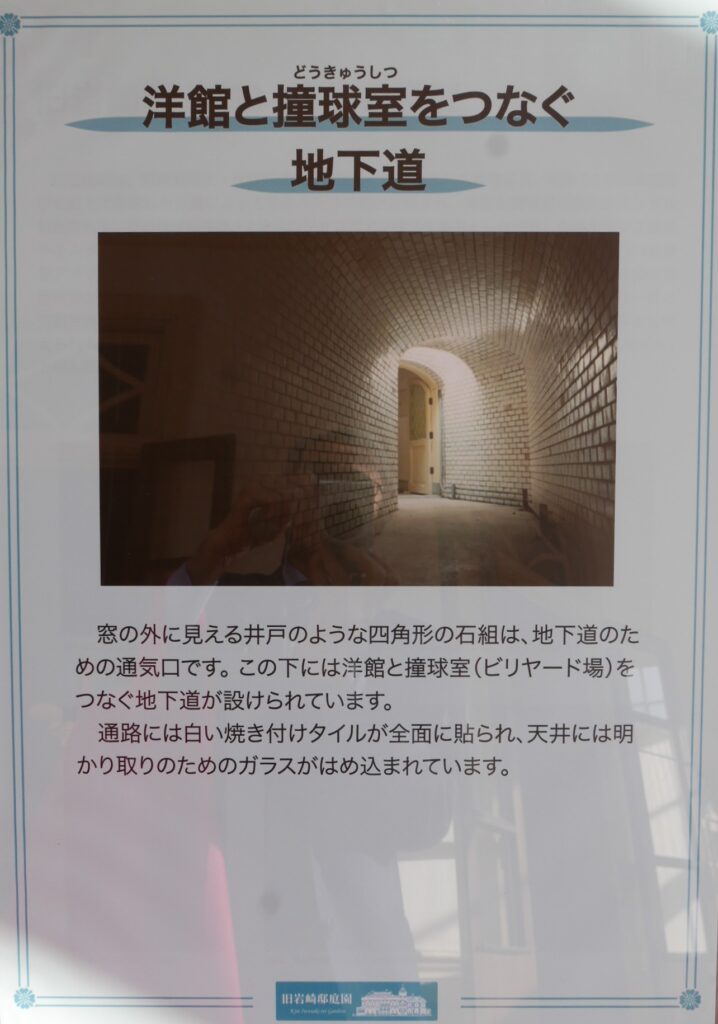
I have not yet finished my blog’s virtual tour of the Kyu Iwasaki-Tei Garden, but I will stop here and write the rest in the next post about the Japanese house connected to the Western mansion and autumn leaves in the garden.
Thank you for reading my post.
If you need an English-speaking guide to explore the Japanese gardens in Tokyo, please click “Contact me!” below. I am willing to help you create an unforgettable private tour. Let’s enjoy amazing Tokyo with me!
Please also leave your feedback on this post in the comment box at the bottom. I am willing to hear your opinions, requests, and suggestions.
<Information>
Location: https://maps.app.goo.gl/K7i2ZFvfhLzgTcXB7?g_st=com.google.maps.preview.copy
Official website: https://honyaku.j-server.com/LUCTMPA/ns/tl.cgi/https://www.tokyo-park.or.jp/park/kyu-iwasaki-tei/index.html?SLANG=ja&TLANG=en&XMODE=0&XJSID=0
Please note that photographing is prohibited on weekends and public holidays. Visiting on weekdays is highly recommended.
Please click the links to get updated via my X (former Twitter) and Instagram.
X (former Twitter): https://x.com/ToruGuide
Instagram: https://www.instagram.com/toruhigaki/
I’d like you to please visit the other posts about Japanese gardens.
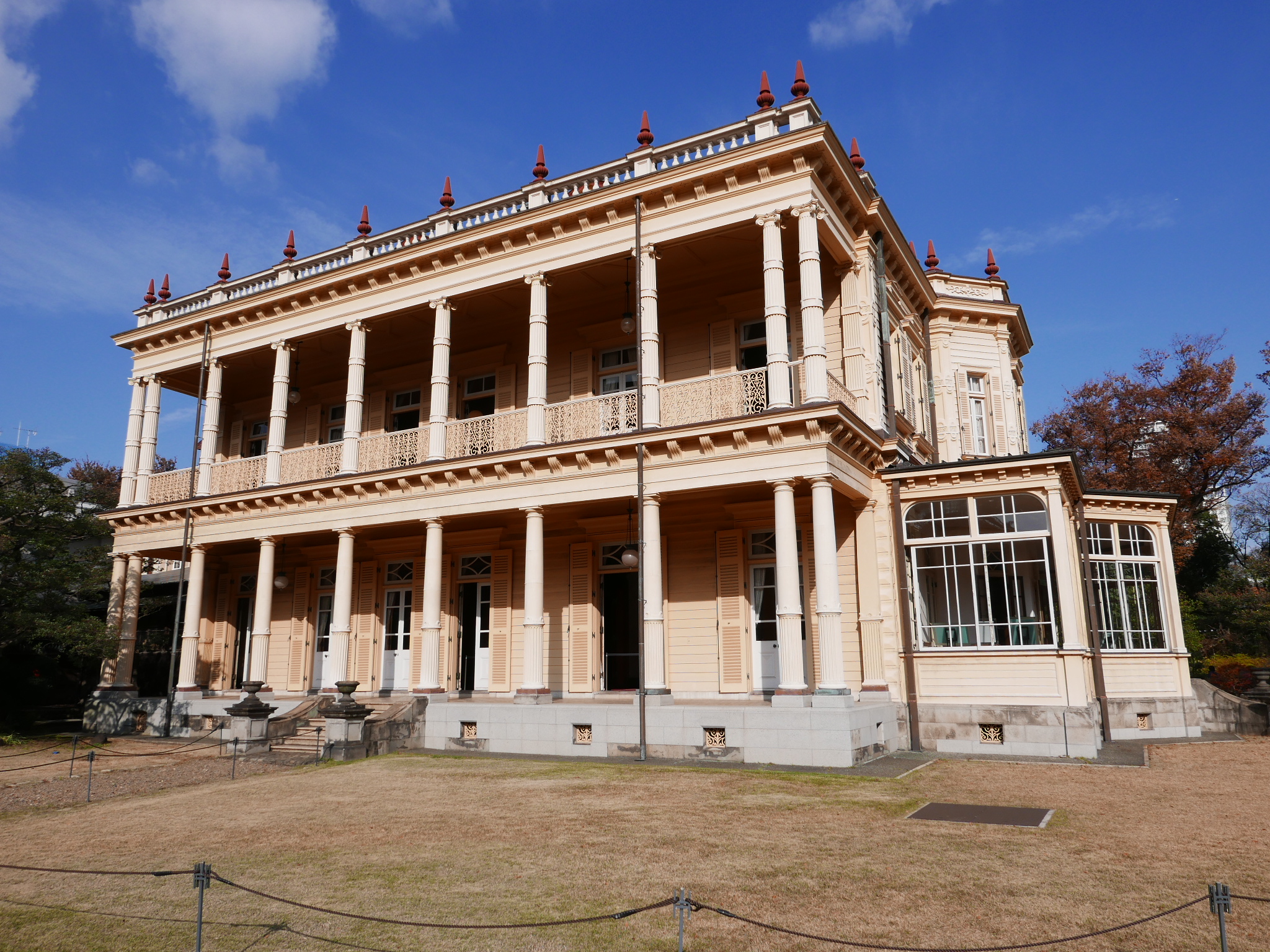








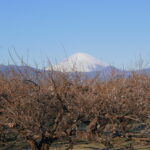
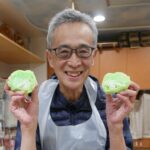
Comment